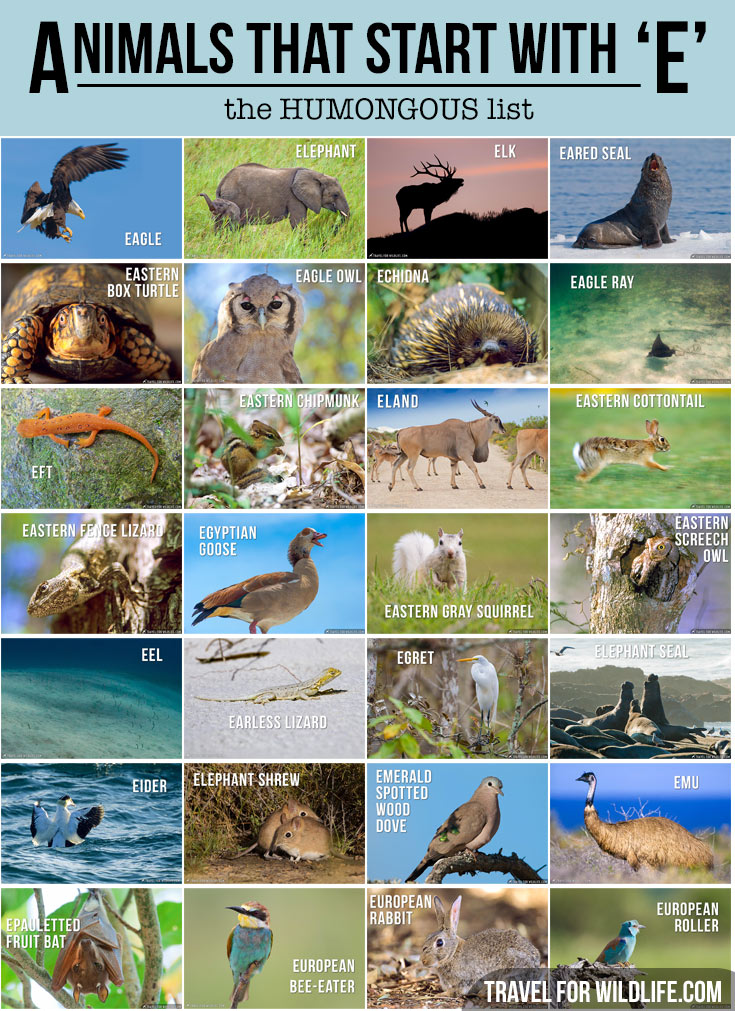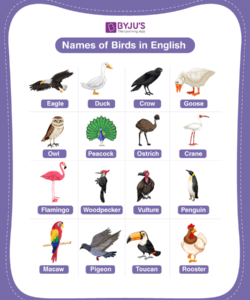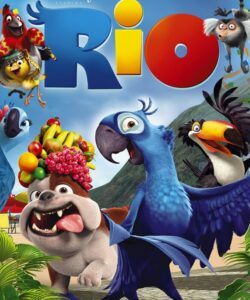The world of birds is vast and diverse, and among the many species, some share a commonality in their names: they end in the letter “e.” These bird names ending in e often have a melodious quality, rolling off the tongue with a certain grace. Whether you’re a bird enthusiast or simply curious about the names of these avian creatures, this article will explore the various bird species that share this naming convention.
Common Birds with Names Ending in E
Some of the most commonly known bird names ending in e include the blue jay, robin, and dove. The blue jay, with its vibrant blue plumage and distinctive crest, is a familiar sight in North American forests. Robins, beloved for their cheerful songs, are often associated with springtime and renewal. Doves, representing peace and tranquility, have graced literature and art for centuries.
Other notable bird names ending in e include the crane, eagle, and vulture. Cranes are known for their long legs and impressive wingspans, capable of migrating great distances. Eagles, majestic birds of prey, have captured the imagination of humans for generations. Vultures, while often perceived as scavengers, play a vital role in nature by cleaning up carcasses and reducing the spread of disease.
Exotic and Unique Bird Names Ending in E
Beyond the more familiar bird names ending in e, there are also a number of exotic and unique species with similar naming conventions. The hoatzin, a South American bird, is known for its distinctive odor, earning it the nickname “stinkbird.” The kookaburra, native to Australia, is renowned for its raucous laughter-like call. The jacana, a tropical wading bird, has extraordinarily long toes that allow it to walk on floating vegetation.

Other unusual bird names ending in e include the boobook owl, the kakapo, and the potoo. The boobook owl is a small, nocturnal owl found in Australia. The kakapo, a flightless parrot from New Zealand, is one of the heaviest birds in the world. The potoo, a tropical bird related to nightjars, has a bizarre appearance with large eyes and a wide mouth.
Conclusion
The diversity of bird names ending in e is a testament to the rich tapestry of nature. From the familiar to the exotic, these names evoke a sense of beauty, curiosity, and wonder. Whether you encounter a blue jay in your backyard or learn about the unique characteristics of a hoatzin, the world of birds is filled with fascinating creatures that leave an impression on our imaginations.
As we continue to explore the natural world, we can appreciate the intricate connections between language and nature, and the ways in which bird names ending in e contribute to the richness of our vocabulary and understanding of the avian world.
FAQ
What is the most common bird name that ends in e?
The most common bird name that ends in e is the dove.
Are there any bird names ending in e that have unusual characteristics?
Yes, some bird names ending in e have unusual characteristics, such as the hoatzin, which has a distinctive odor, and the kakapo, which is a flightless parrot.
What is the largest bird with a name that ends in e?
The largest bird with a name that ends in e is the kakapo.
Are there any birds with names that start and end with e?
Yes, there is one bird with a name that starts and ends with e: the egret.
What does the letter “e” at the end of a bird name typically indicate?
The letter “e” at the end of a bird name does not typically indicate any specific characteristic or feature; it is simply a naming convention that is common among many bird species.



